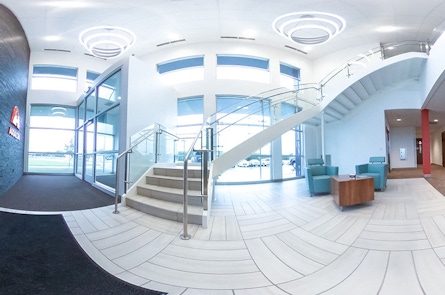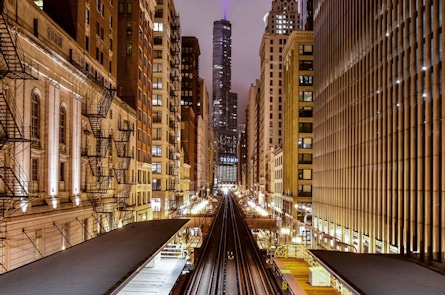What is 360 technology?
Augmented reality is the step between a flat, two-dimensional rendering and a fully immersive virtual reality experience. It sits on top of something you already use in your reality. Imagine holding your phone on an empty lot and seeing an entire project before you that doesn’t exist. While the land in front of you is full of grass and weeds, your phone shows the exterior and interior of a stunning, mixed-use development and how its design and appearance impacts the surrounding area.
Before AR really took off, virtual reality was popular with architecture firms by putting on a pair of goggles to explore the interior and exterior of a building. While this provides an immersive project experience, it requires expensive equipment and takes up a lot of studio space. It’s less convenient to use virtual reality, because you have to be in a certain place for the experience.
With augmented reality, this experience is far more attainable. It allows developers and architects to sell their vision of a project before it evens breaks ground. 360 technology has unlocked the doors to so many ways you can experience a space.
This technology didn’t even exist several years ago, and now it’s become far more accessible and easier to use than ever. During its initial introduction to the mainstream market, the technology was extraordinarily expensive, and required a specialist to operate it. But now, a large portion of the population holds the tools to unlocking it in their hands; smartphones.
In short, augmented reality is the future, and accessibility is its superpower.



